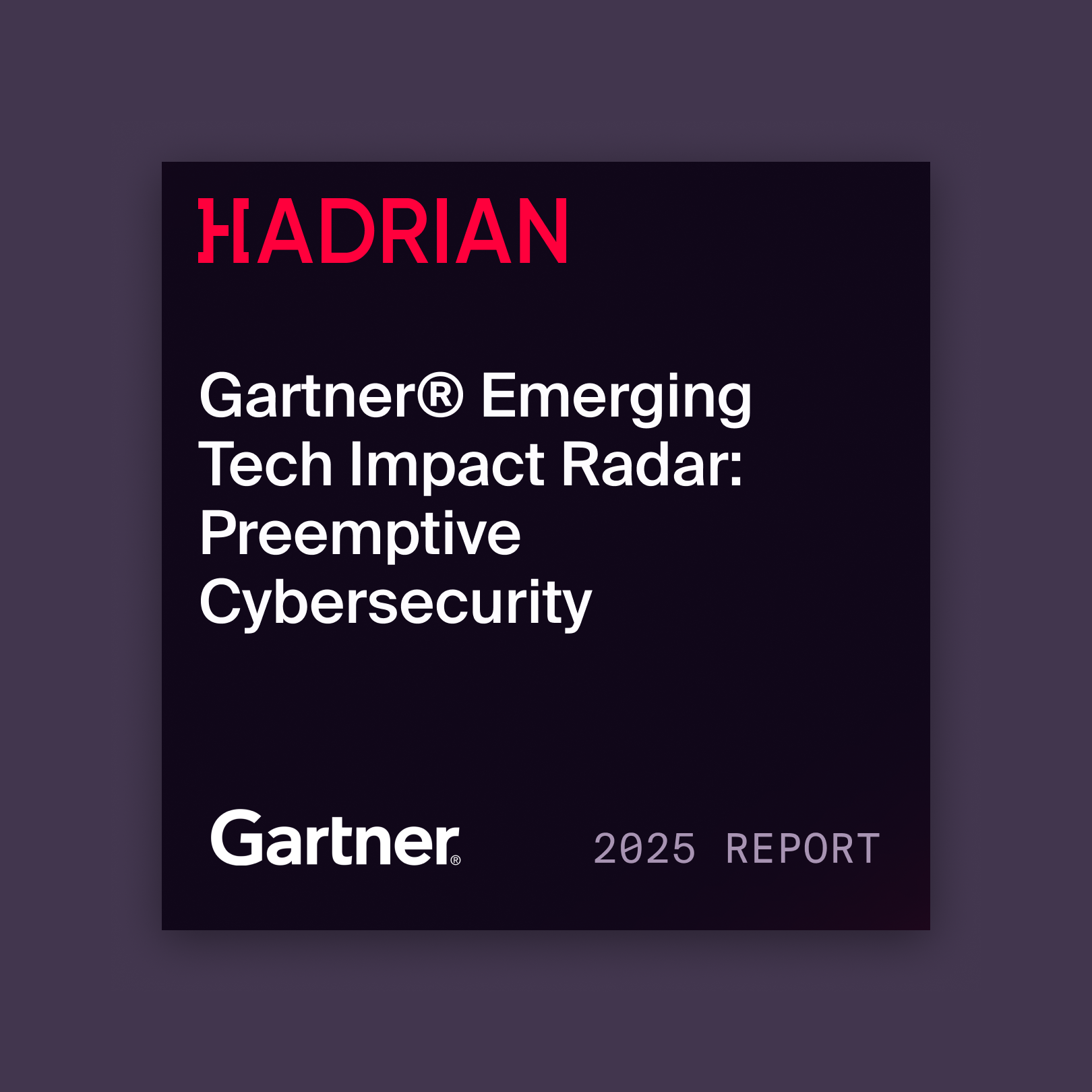
It’s time that AI pentesting became part of your corporate security team’s arsenal. Particularly because it’s already certainly in the hands of malicious actors.
A recent survey found that while only 33% of people think that they use AI, in reality, over 77% use an AI-powered service or device. Cybersecurity has certainly not been immune to the AI avalanche - for both good and bad.
Malicious actors have already started using AI, with Gartner predicting that by 2027, 17% of all cyberattacks will involve generative AI. This is in addition to the many other tools being used by hackers, which collectively resulted in firms facing 66 cyberattacks last year on average. The number was even higher for larger businesses.
The sheer scale of the threat facing businesses today means it simply isn’t feasible for security personnel to guard against every attack manually. AI pentests are sorely needed.
The limitations of traditional penetration testing
Penetration testing has long been employed by cybersecurity personnel to plug holes in network defenses. By simulating a cyberattack using the same tools and techniques as a hacker might employ, pentests allow businesses to proactively identify vulnerabilities before malicious actors get a chance to. Its effectiveness has led to the widespread use of penetration testing, with 86% of businesses in Europe and the US recently increasing their budgets for pentesting.
Typically, pentesting has been a manual process, with cybersecurity experts - either in-house or external - probing systems, networks, or applications, conducting analysis, and reporting their findings. However, given the rate at which organizations’ attack surfaces have been expanding and the ever-expanding toolset being used by hackers, traditional penetration testing is no longer cutting it - and here’s why:
- Scale and speed: Manual penetration tests are resource-intensive and cannot cover the vast, constantly expanding attack surfaces of modern enterprises. They are inherently time-bound and cannot keep up with the speed of new exposures or AI-driven attacks.
- Human limitations: While human expertise is invaluable, it cannot be omnipresent. Manual testing can be prone to human bias, limited by available bandwidth, and costly to scale for continuous coverage.
- Reactive nature: Traditional tests often provide a snapshot of security posture, meaning organizations remain vulnerable to newly emerging exposures between assessments.
What is AI pentesting?
In contrast to traditional approaches, AI pentesting is the application of artificial intelligence (AI) and machine learning (ML) to automate and enhance the various stages of penetration testing, from reconnaissance to exposure validation and reporting. Many organizations are already employing AI to streamline their penetration testing, with some reports stating that it is being used by approximately 28% of businesses.
Although automation is not entirely new to cybersecurity, AI pentests generally take things a step further than many teams are used to. For example, AI pentesting goes beyond basic automated vulnerability scanning by actively emulating attacker behavior, attempting to exploit exposures, and validating their real-world feasibility. While automated vulnerability scanning has its uses, it can miss newly discovered or complex vulnerabilities, generate false positives, and lack context around any risk it does find. In fact, academic research has suggested that the proportion of vulnerabilities missed by vulnerability scanners may range between 34 and 55%.
Advanced AI pentesting solutions often leverage something known as "agentic AI" - intelligent agents that can autonomously plan, execute, and adapt their actions based on real-time feedback, mimicking the decision-making process of a human hacker. These tools exhibit a sense of agency, adapting to the evolving security landscape without direct human oversight - significantly reducing the burden on security teams compared to manual pentests.
{{cta-automated-pentest}}
How AI transforms offensive security
To guard against the ever-growing number of threats facing businesses, without overwhelming your pentesters, it’s time to see how AI can help. AI can greatly enhance reconnaissance, rapidly analyzing vast amounts of open-source intelligence (OSINT), dark web data, and publicly available information to discover hidden assets, identify relationships, and uncover contextual information that informs attack paths. It’s not limited by your resources or publicly disclosed vulnerability lists.
AI algorithms can also identify complex patterns and chained exposures that might be missed by static scanners or human teams due to the sheer volume of data. This includes misconfigurations, weak points in API systems, and overlooked cloud assets. AI pentesting may also prove less disruptive to businesses. Typically, while 47% of pentesting attacks go undetected, blending in with normal user activity, this means more than half have some impact. By contrast, AI modules are designed to be non-mutative, ensuring no disruption to live production systems while validating exploitability. AI can safely and continuously attempt to exploit identified exposures to confirm their real-world feasibility without being noticed. This is the core of Adversarial Exposure Validation (AEV).
Given that the threat landscape is incredibly dynamic, the adaptive learning of AI pentesting is another benefit. AI models continuously learn from new threat intelligence, successful exploits, and remediation outcomes. This allows AI to adapt its testing methodologies, identify emerging attack techniques, and improve its accuracy over time, staying ahead of evolving threats (including zero-days).
What’s more, AI pentesting is about much more than just identifying each and every potential vulnerability. In fact, AI can contextualize exposures by business impact, asset criticality, and Exploitation Likelihood Score (ELS) to prioritize remediation efforts, ensuring security teams focus on what truly matters. It’s not about replacing human security personnel - they will still be involved in validation and remediation when necessary - but AI can streamline their task list.
Key benefits of AI pentesting
AI is already being employed by cyberattackers - globally, 87% of organizations faced an AI-powered cyberattack in the past year - it’s time for security teams to fight fire with fire. By utilizing AI penetration testing, they could enjoy the following advantages:
- Scale and speed: AI pentesting rapidly assesses large, dynamic attack surfaces 24/7, providing continuous coverage that manual teams cannot match.
- Precision and reduced noise: By validating exploitable exposures, AI pentesting drastically reduces false positives, allowing security teams to focus on actual threats and accelerate remediation.
- Consistency and objectivity: AI eliminates human variability and bias in testing, providing consistent and objective assessments.
- Resource optimization: AI pentesting frees up human security experts from repetitive tasks, allowing them to focus on more complex, strategic challenges like threat hunting or advanced incident response.
- Proactive prevention: It enables organizations to identify and remediate exposures before adversaries can exploit them, shifting from a reactive approach to a truly proactive security posture.
For security teams swamped by the scale of cyberattacks facing their organization, Hadrian’s offensive security platform offers some relief. Leveraging agentic AI, Hadrian’s autonomous solution continuously discovers exposures, validates what attackers can exploit, and delivers pentest-level insights round the clock.
Hadrian’s AI-driven solution has been shown to save SOC time over 10 hours per week on average by reducing the average time for the identification and remediation of threats. Update your approach to pentesting by adding AI to your armory.





